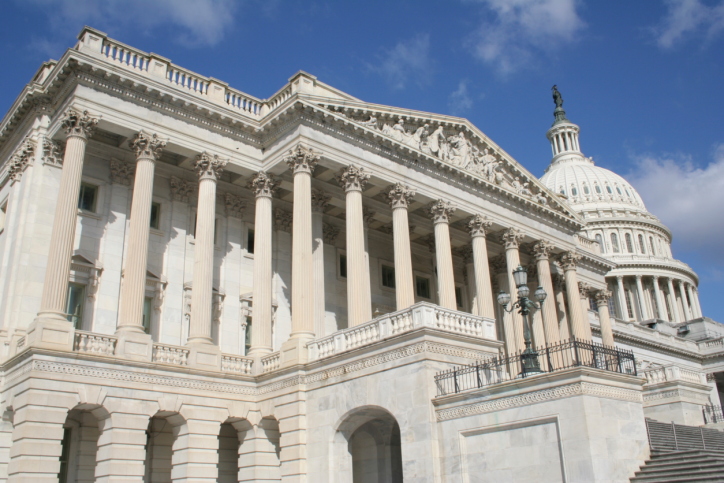 The U.S. Senate on Dec. 19 approved the catch-all spending legislation that contains the SECURE Act, clearing the measure for President Trump’s expected signature.
The U.S. Senate on Dec. 19 approved the catch-all spending legislation that contains the SECURE Act, clearing the measure for President Trump’s expected signature.
The Senate voted 71-23 to approve the Further Consolidated Appropriations Act, 2020 (H.R. 1865, as amended), following a Dec. 17 vote by the House of Representatives.
To prevent a government shutdown, President Trump will need to sign the legislation into law before midnight Dec. 20. Senior Trump administration officials have indicated that he plans to sign the bill.
Retirement and tax professionals will want to pay close attention to when that actually occurs, as several provisions become effective on the date of enactment, while numerous others are set to become effective on Jan. 1, 2020.
Enactment of the SECURE Act will serve as the most significant retirement policy legislation since the Pension Protection Act in 2006. It is a top priority of the American Retirement Association.
Among other changes, the legislation allows for unrelated employers to join a pooled employer plan, significantly increases the small employer pension plan startup tax credit up to $5,000 and gives business owners more flexibility to help guide their decision-making. In addition to the SECURE Act provisions, the appropriations act includes several other measures affecting retirement plans, including disaster-related plan withdrawals.
To learn more about the legislation and related provisions, visit NAPA-Net’s new SECURE Act resource page, which is updated continuously. As your one-stop resource for information about the SECURE Act, it includes links to the legislation and related legislative documents, our handy at-a-glance summary of the Act's provisions and effective dates, links to the latest online analysis and commentary, our news coverage, and recommended pre-enactment resources.

